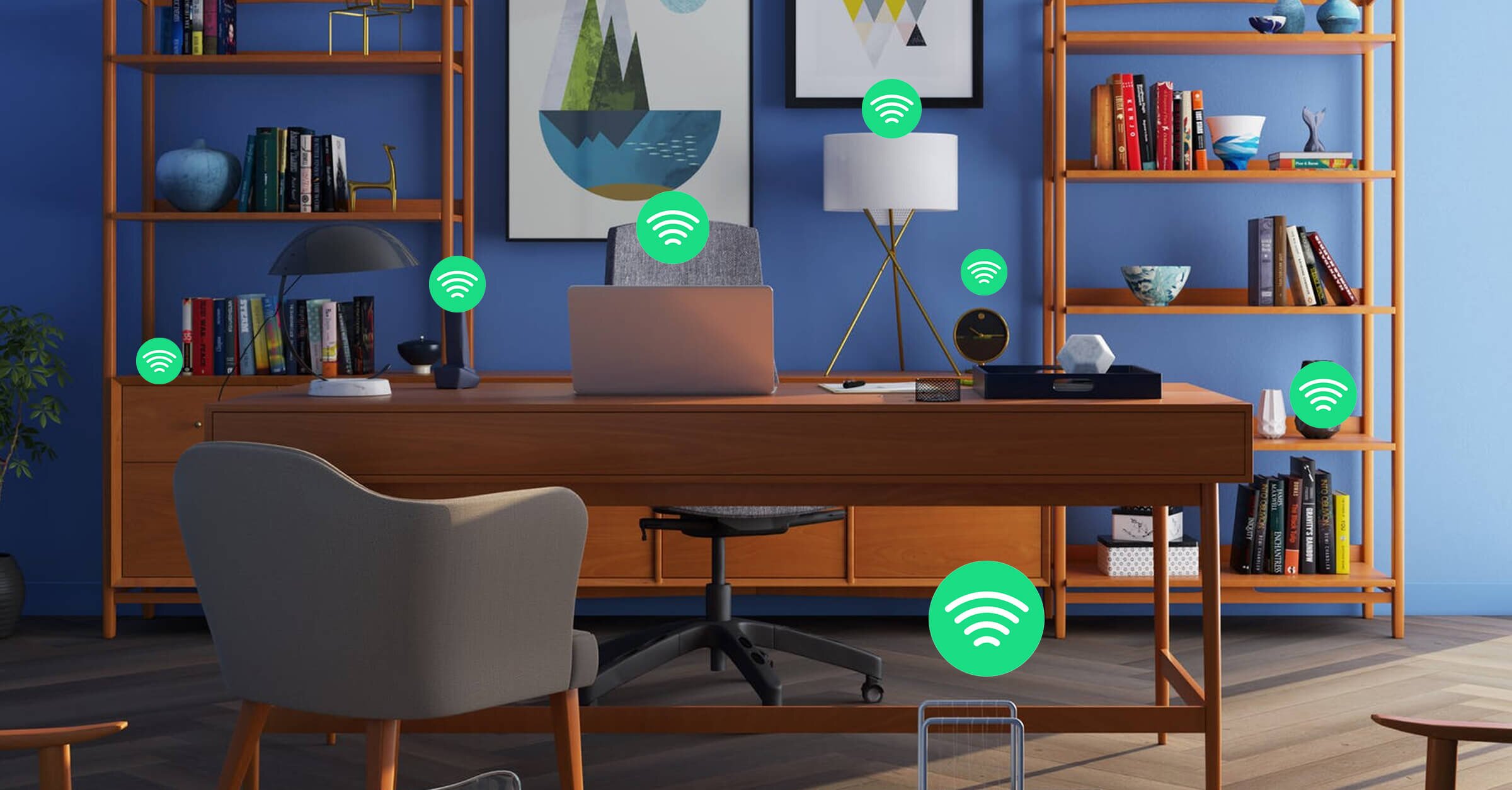A smart home has appliances that you can remotely monitor and control via a smartphone or computer. Today, homeowners can purchase all sorts of devices that make their lives easier, including smart door locks and security, lighting and heating systems. As homes become “smarter,” so must the products that support them.
Here’s a look at some of the smart technology that homebuyers and homeowners can leverage in 2018.
Alexa
Voice-activated virtual assistants like Alexa have been popular since they were released a few years ago. So it’s no surprise that they’re expected to continue finding their way into homes in the coming year. In 2015, Amazon released a third-party integration service and gave developers the opportunity to create devices centered around the smart home speaker.
At the end of 2017, Amazon rolled out routines that allow users to control multiple smart speakers by recognizing user-defined phrases. For example, you could say, “Alexa, start my day,” and the device could respond by turning on your lights, raising the temperature in your home and reading traffic and weather reports.
In 2018, it’s anticipated that developers will continue introducing Alexa-connected devices such as new smart locks that open doors when you’re entering your home with your hands full. Amazon Prime members in certain cities will be able to use Key, an Alexa-enabled security camera that recently debuted. These cameras protect users without triggering alerts when they recognize familiar sounds like dog barking when your pets walk around at night.
Mesh Wi-Fi systems
Wi-Fi dead spots are a common problem for homeowners. You might be streaming a movie from your bedroom when you lose a signal because of the distance between your device and your router. Smart homes rely on Wi-Fi to operate. You won’t be able to depend on a security system if a bad connection keeps it from working properly.
Major telecommunication companies like Qualcomm are attempting to shore up dead spots in homes with mesh architecture. Instead of having your devices connected to a router in one location, a mesh system has multiple connection points spread throughout your home that link back to a central router. This approach allows you to access your Wi-Fi signal in various rooms through a single network and provides a strong connection throughout your home.
Energy management devices
Enhanced functionality and convenience are key advantages of having smart devices. Streamlining your energy consumption in order to save money is one of the best ways to maximize smart-home automation.
Products like carbonTRACK provide insight into when and how you use energy. The platform has an intuitive interface that gives homeowners the information they need to take action when certain appliances and systems are raising your energy bills.
Indoor cleaning robots
New bots allow smart homes to be cleaned at the touch of a button when homeowners are away. The iRobot Roomba 960 is a vacuum with a camera for navigation, voice control via Amazon Alexa and Google Assistant and a smartphone app with cleaning reports and maps.
Want your floors mopped and cleaned as well? The iRobot Braava Jet 240 will do just that. It’s small, quiet and perfect for apartment dwellers without a lot of floor space or time to clean when they get home. It has its own navigation system and an additional cleaning mode (damp mopping), but it won’t easily get rid of tough stains. It sprays water when it cleans and even has a damp sweeping mode.
Outdoor maintenance systems
New smart homes also have innovative outdoor maintenance products. Robotic pool cleaners like the Polaris P965iQ Sport have recently entered the market. With Wi-Fi connectivity and a mobile app, you can control the cleaner from your smartphone or tablet. There’s a button that lets you initiate a cleaning from any location and a dirty canister indicator. Experts who have reviewed the product explain that you can get the robot to clean the pool floor, the waterline or the floor and the walls. There is also a Lift button that allows the robot to clean the side of the pool and then move up the wall.
For automated lawn watering, the Rachio Smart Sprinkler Controller provides control over eight or 16 different watering zones (depending on the unit you purchase). It won’t water the lawn if it’s raining and you can turn it on and off remotely with your phone. The Rachio Smart Sprinkler also integrates with several services and smart devices like Alexa, Google Assistant, IFTTT and Samsung SmartThings.
And finally, there’s a robot that mows your lawn! It’s slightly more expensive than getting a neighborhood kid to cut your lawn, but the Robomow RS622 can handle lawns of up to 23,000 square feet. After you setup the perimeter for your bot, the mower will automatically cut your entire yard. You can use the control panel located on the mower or control it remotely. There’s a free iOS or Android app that connects to the mower through Bluetooth Low Energy technology.
The mower has two cutting blades and a motor that spins up to 4,000 rpm. There are also built-in bumper sensors that make the mower start moving in a different direction whenever it gets too close to an object. Best of all, there’s no need to clean up. Grass is cut up into tiny pieces that eventually turn into mulch.
Smart home devices can help lower the cost of your homeowners insurance. Still have questions about these products? Contact a Hippo specialist. We’re here to help!




